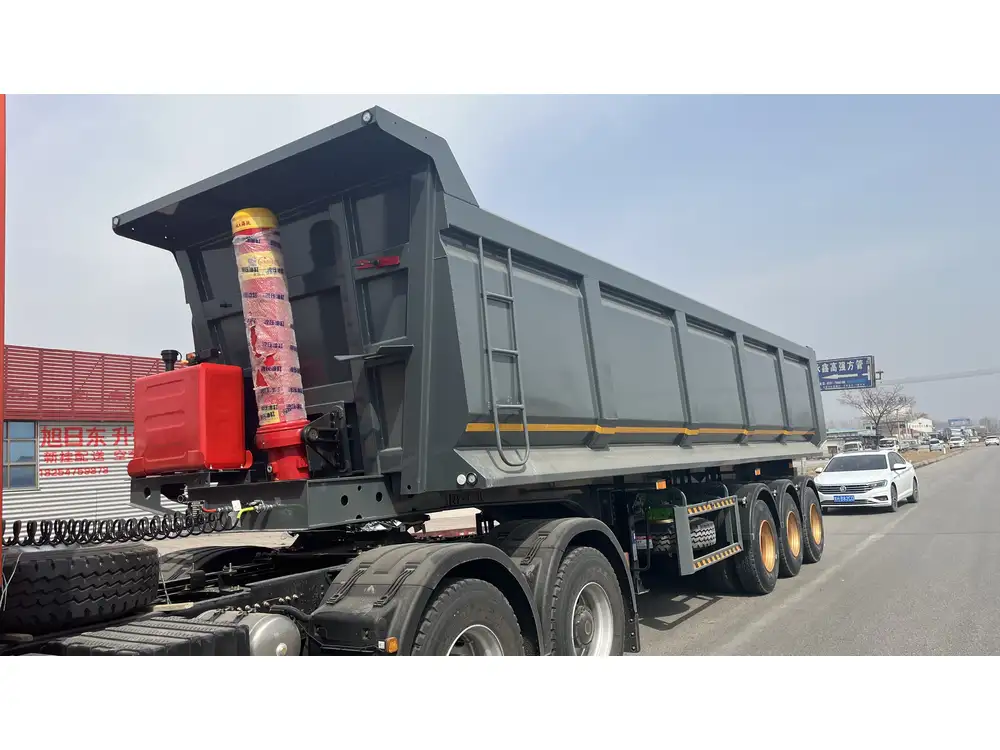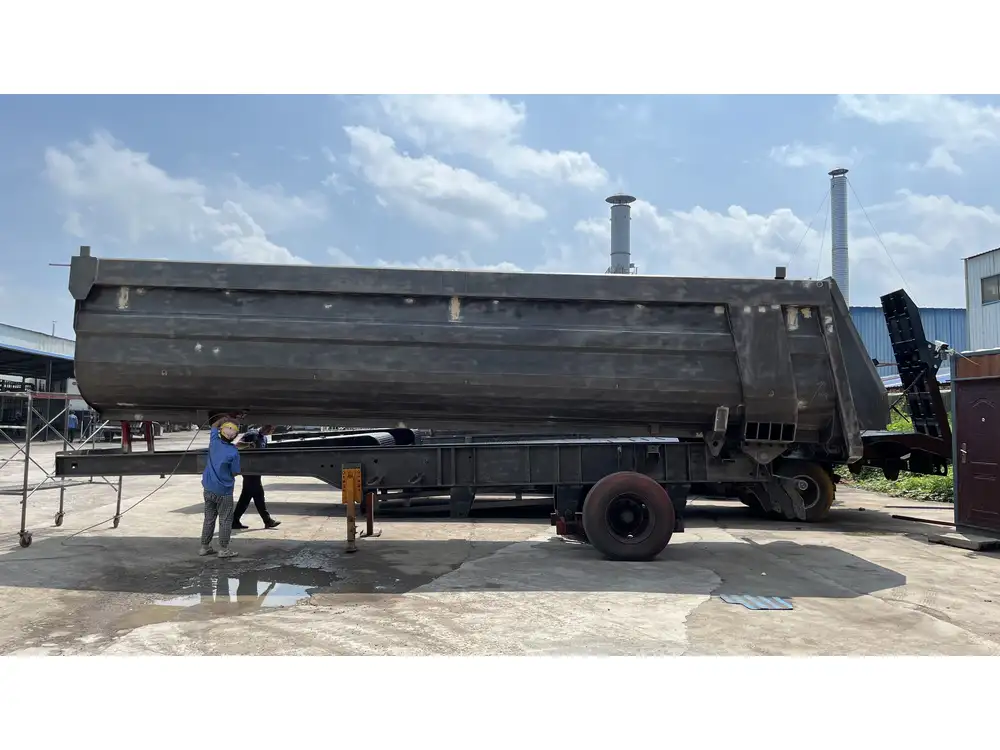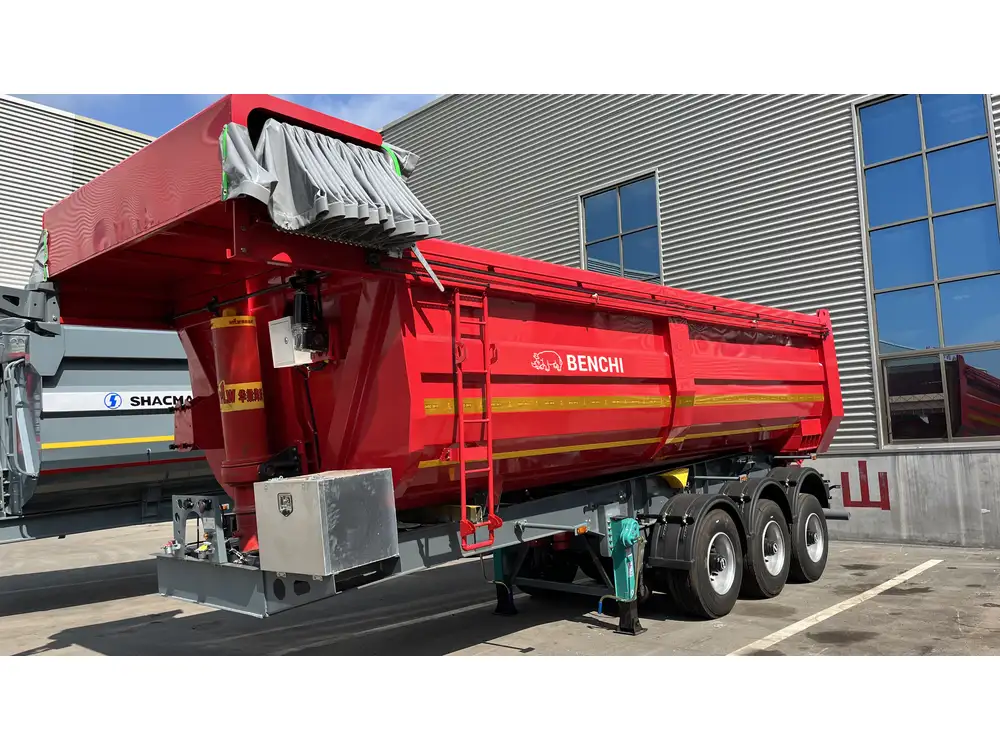Camping adventures can evoke a sense of freedom and connection with nature, yet those experiences come with responsibilities, particularly when it comes to waste management. Properly maintaining the waste tank on a camper trailer is not just about hygiene; it’s essential for functionality and ensuring a pleasant journey. In this article, we delve into the step-by-step process for draining the waste tank effectively.
Understanding Your Waste Tank: Types and Components
Before we embark on the draining process, it’s vital to understand the waste tank’s structure and function. Most camper trailers come equipped with two primary tanks:
- Black Water Tank: Responsible for storing waste from the toilet.
- Grey Water Tank: Collects wastewater from sinks, showers, and dishwashing.
Components of a Waste Tank System
- Sewage Hose: A flexible pipe used for transferring waste to disposal sites.
- Valves (Gate and Flush): Controls the flow of waste from the tank.
- Fill Neck: Allows for the addition of cleaning chemicals.
- Dump Station Connection Point: The opening where the sewage hose connects to the waste tank.
Understanding these components is key to ensuring you can drain the waste tank efficiently.

Required Tools and Gear
To successfully drain the waste tank, gather the following essential tools and equipment:
| Item | Purpose |
|---|---|
| Sewage Hose | To transfer waste from the tank to the disposal site. |
| Gloves | For personal protection against waste. |
| Bucket | To catch any spillage while disconnecting the hose. |
| Waste Tank Cleaner | For sanitizing the tank post-drainage. |
| Water Hose | To rinse the tank after emptying. |
| Mask | To avoid unpleasant odors during the process. |
Step-by-Step Process for Draining the Waste Tank
Here’s a meticulous breakdown of how to drain the waste tank, ensuring each step is clear and actionable.
1. Position Your Camper Trailer
Before initiating the drainage process, park your camper near a designated dump station. This location should be equipped with proper disposal facilities. Make sure the area is well-lit and easily accessible.

2. Gather and Prepare Equipment
Ensure you have all your tools within easy reach. Wear gloves and a mask to protect yourself from contaminants. Always handle the sewage hose with caution, as it can harbor bacteria.
3. Locate the Dump Valve
The dump valves are typically located underneath the trailer. It’s essential to know which valve corresponds to the black water tank and which corresponds to the grey water tank. Usually, the black water tank’s valve is located closer to the front of the trailer, while the grey water tank’s is toward the rear.
4. Connect the Sewage Hose
- Secure the Hose: Take the sewage hose, making sure the end fits snugly over the dump station connection.
- Check the Seal: Ensure it is securely attached and there are no leaks, preventing unnecessary spills.

5. Open the Black Water Tank Valve
- Open Gradually: Slowly pull the handle to the black water tank valve to begin the drainage process. This initial release could be a bit explosive due to the buildup of gases.
- Monitor the Flow: Observe the waste flowing through the hose. It is advisable to keep the hose as straight as possible to avoid any dangerous kinks that could cause blockage.
6. Flush the Black Water Tank (Optional)
After the majority of waste has been drained, consider flushing the tank:
- Using the Flush Valve: If your tank has a flush valve, connect a water supply to it. This adds fresh water to the tank, aiding in rinsing the walls and bottom.
- Drain Again: Allow the tank to empty once more, ensuring a cleaner tank for future use.
7. Close the Black Water Tank Valve
- After the tank is emptied, close the black water tank valve securely to prevent leaks.
- Detach the sewage hose from the dump station connection and keep it elevated to avoid any remaining waste leaking out.

8. Open the Grey Water Tank Valve
- Repeat the same procedure as before, starting with the grey water tank. This will help rinse out the hose used for the black water tank with relatively cleaner water, minimizing contamination.
9. Rinse and Clean the Equipment
- After system draining:
- Rinse the black water hose thoroughly with water.
- Use a sanitizer or waste tank cleaner in the hose to eliminate bacteria and odors.
- Store the hose responsibly to prolong its lifespan.
10. Fill the Black Water Tank with Fresh Water
To ensure proper functionality, fill the black water tank with a few gallons of fresh water. This prepares the tank for the upcoming trip, helping to minimize the buildup of waste with thorough mixing.

Troubleshooting Common Problems
Draining the waste tank can encounter a range of minor issues. Here’s how to troubleshoot common problems:
| Issue | Troubleshooting Steps |
|---|---|
| Clogged Hose | Inspect for kinks or obstructions; use a hose cleaner if needed. |
| Odor Problems | Ensure that all valves are sealed; use deodorizing agents inside the tank. |
| Leaking Valve | Check the valve seals; consider replacing if damage is visible. |
| Slow Drainage | Ensure the hose is straight; check for any blockages in the sewage pipe. |
Regular Maintenance Tips
Aside from draining the waste tank efficiently, maintaining the tanks during your travels is vital. Here are essential maintenance practices for long-term hygiene and functionality:
- Use Quality Toilet Chemicals: Opt for eco-friendly chemicals designed for RV use, promoting efficient breakdown of waste.
- Regularly Inspect Seals and Valves: Damaged seals can lead to leaks. Checking these before a trip minimizes issues.
- Operate the Valves Frequently: Keeping valves moving prevents them from sticking. Exercise them every few weeks.
- Clean the Tanks Periodically: Performing a deep clean using specialized chemical solutions after every few trips can help maintain hygiene.
Conclusion
Draining the waste tank on a camper trailer may initially seem daunting, but with proper knowledge and preparation, it becomes a manageable task. Understanding tank structures, employing correct procedures, and keeping up with regular maintenance are key to ensuring a hassle-free camping journey. By mastering these elements, you not only enhance your travel experience but also promote a cleaner, safer environment for everyone enjoying the great outdoors.
Embarking on your next camping adventure with confidence, knowing you can handle waste disposal effectively, is invaluable. The satisfaction of properly managing your camper trailer’s waste tank will enhance your connection with nature, freeing your mind to embrace the thrill of exploration and discovery. Happy camping!



